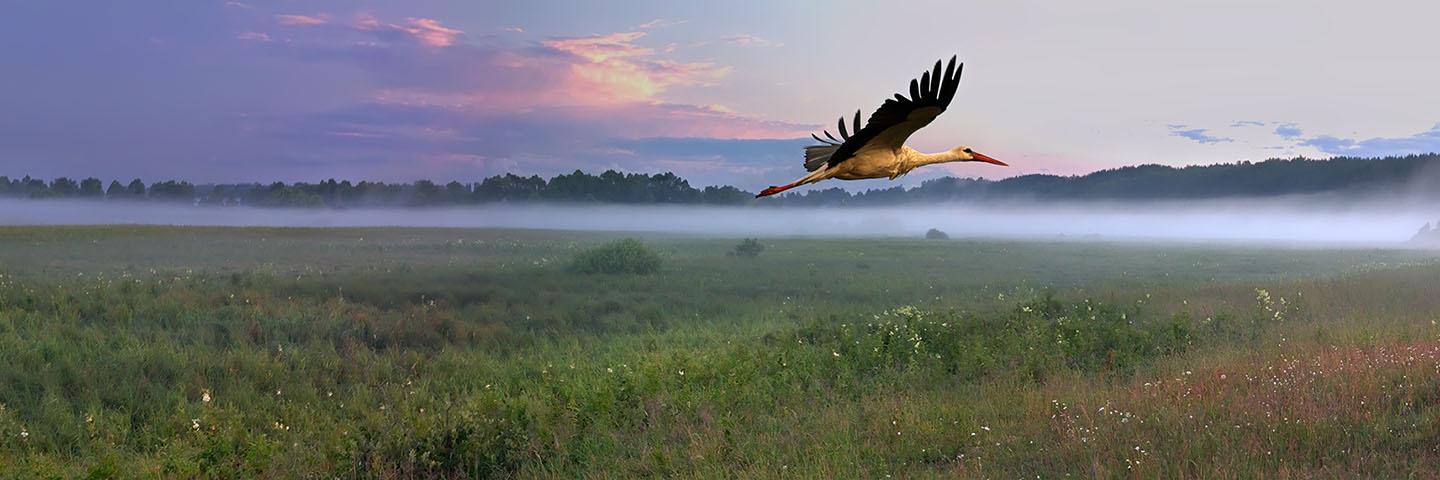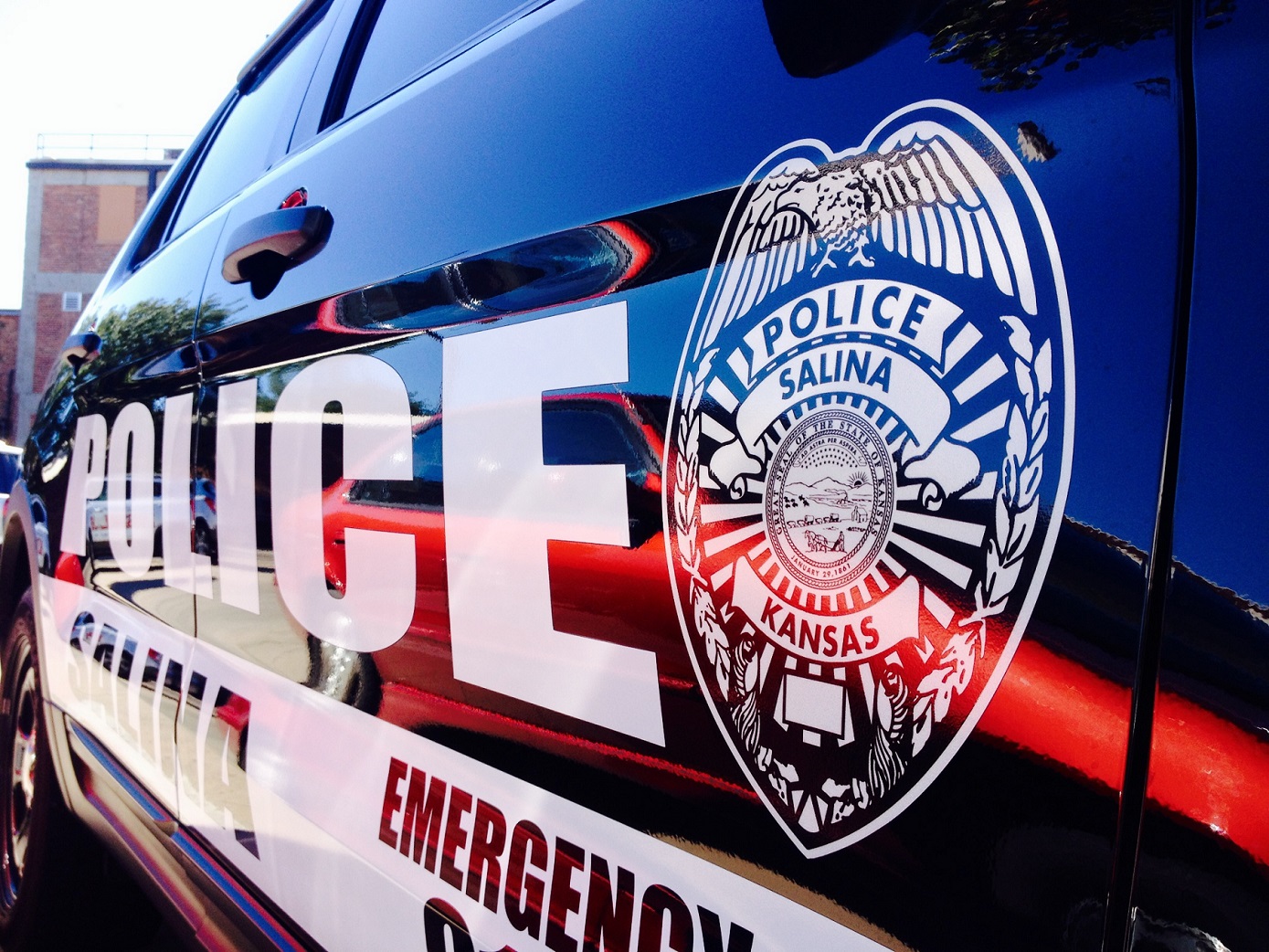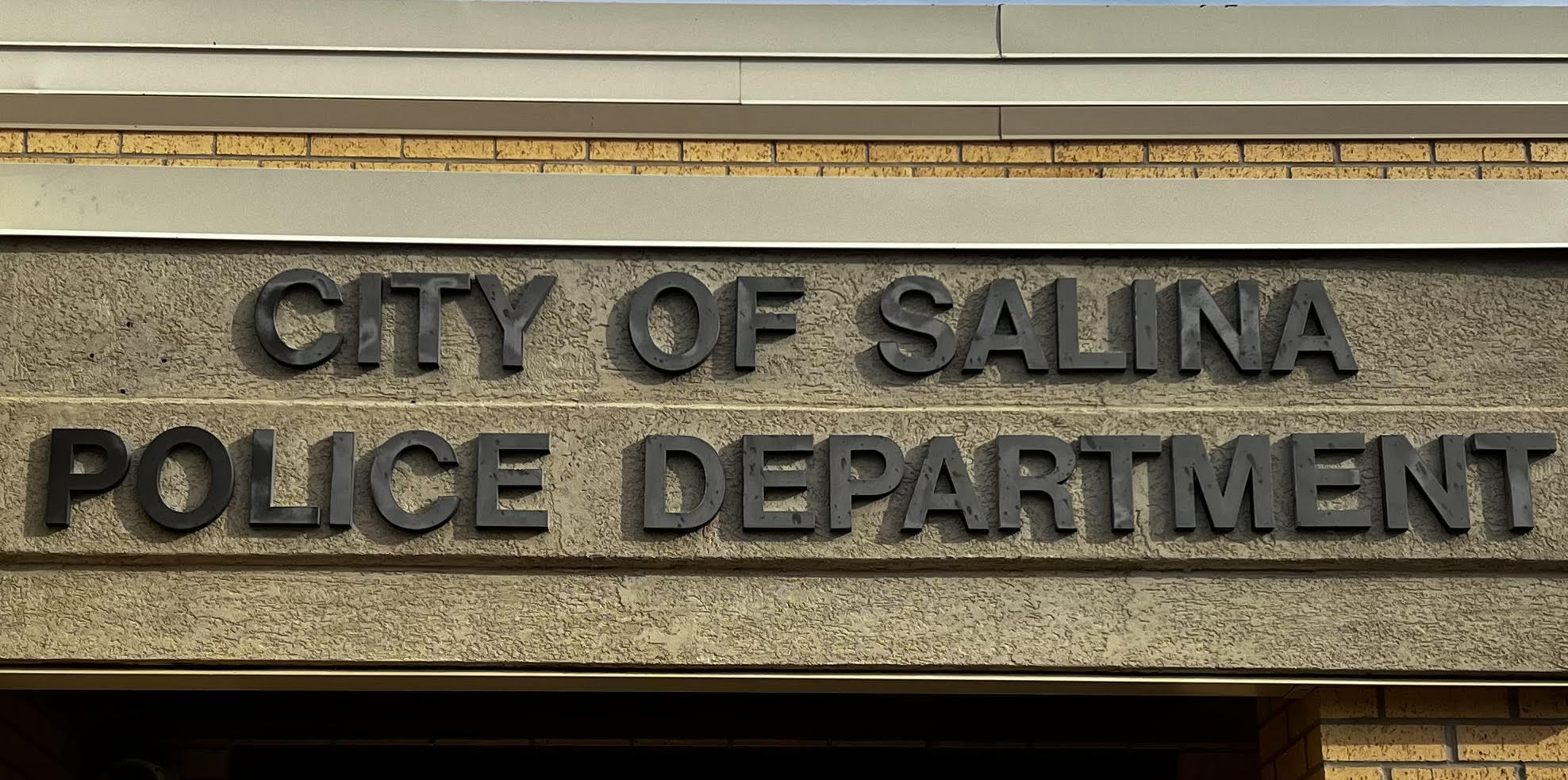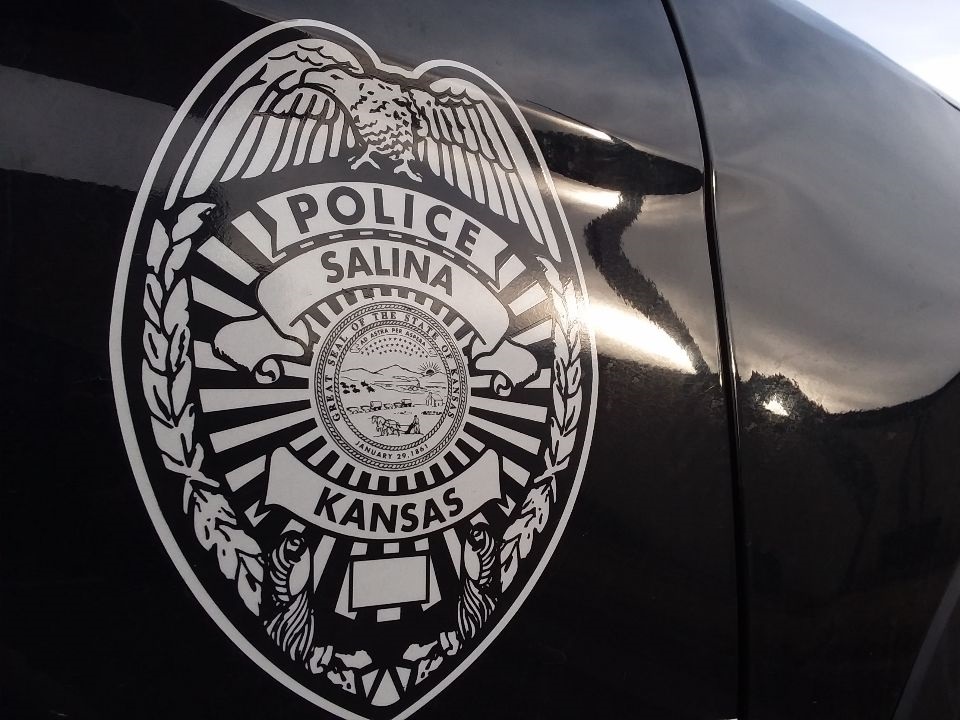The U.S. Department of Agriculture is investing $7 million to support the development of wetland mitigation banks for agricultural producers through the Wetland Mitigation Banking Program.
According to the USDA, through wetland mitigation banks, wetlands are restored, created or enhanced, generating credits that can be purchased by producers looking to compensate for unavoidable impacts to wetlands at another location. The funding is available to Tribes, government entities, nonprofits and other organizations.
“Wetlands provide important ecosystem services, like storing floodwaters and filtering pollutants, while also serving as critical habitat to wildlife,” said USDA’s Natural Resources Conservation Service (NRCS) Chief Terry Cosby. “Private landowners play an important role in restoring and protecting wetland health on working agricultural lands. The Wetland Mitigation Banking Program provides an alternative option to agricultural producers looking to compensate for impacts to wetlands on their lands.”
NRCS is accepting proposals for creating wetland mitigation banks through Grants.gov now through August 2, 2024. See the Notice of Funding Opportunity for details on eligibility and how to apply.
A webinar for applicants will take place on June 12 from 12-1pm ET. See the WMBP website for more information.
About Wetland Mitigation Banks
To participate in most USDA programs, agricultural producers agree to comply with the wetland conservation provisions, which means producers will not farm converted wetlands or convert wetlands to enable agricultural production. In situations where avoidance or on-site mitigation is challenging, the Farm Bill allows for off-site mitigation through the purchase of mitigation banking credits.
When a mitigation bank is established, the landowner retains ownership and use of the property, while a conservation easement protects the wetlands from incompatible degrading activities.
About the Wetland Mitigation Banking Program
NRCS awarded the first WBMP grants in 2016. Since then, NRCS has awarded 31 projects supporting the creation or expansion of wetland mitigation banks in 14 states.
NRCS is prioritizing funds in states with large amounts of wetlands as well as large amounts of producers with wetland determination requests. This includes Georgia, Indiana, Illinois, Michigan, Nebraska, Ohio, Pennsylvania, Wisconsin, Iowa, Minnesota and South Dakota.
Awardees may use WMBP funding to support mitigation bank site identification, development of a mitigation banking instrument, site restoration, land surveys, permitting and title searches, and market research. WMBP funding cannot be used to purchase land or a conservation easement.
Awardees can request up to $1 million for a project. Projects may last up to four years.
NRCS is committed to the success of all of our nation’s producers, businesses, and partners. Some of our nation’s producers belong to communities that have been or are marginalized in ways that have reduced their ability to farm and ranch successfully. These producers play a vital role in securing a healthy agricultural economy for our country and protecting, enhancing, and sustaining our valuable natural resources. NRCS encourages proposal submissions from entities that represent, are partnered with, or are composed entirely of producers belonging to such communities.
To learn more about the Wetland Mitigation Banking program, and how wetland mitigation banks work, visit the WMBP webpage.
USDA touches the lives of all Americans each day in so many positive ways. In the Biden-Harris administration, USDA is transforming America’s food system with a greater focus on more resilient local and regional food production, fairer markets for all producers, ensuring access to safe, healthy and nutritious food in all communities, building new markets and streams of income for farmers and producers using climate smart food and forestry practices, making historic investments in infrastructure and clean energy capabilities in rural America, and committing to equity across the Department by removing systemic barriers and building a workforce more representative of America. To learn more, visit www.usda.gov.



